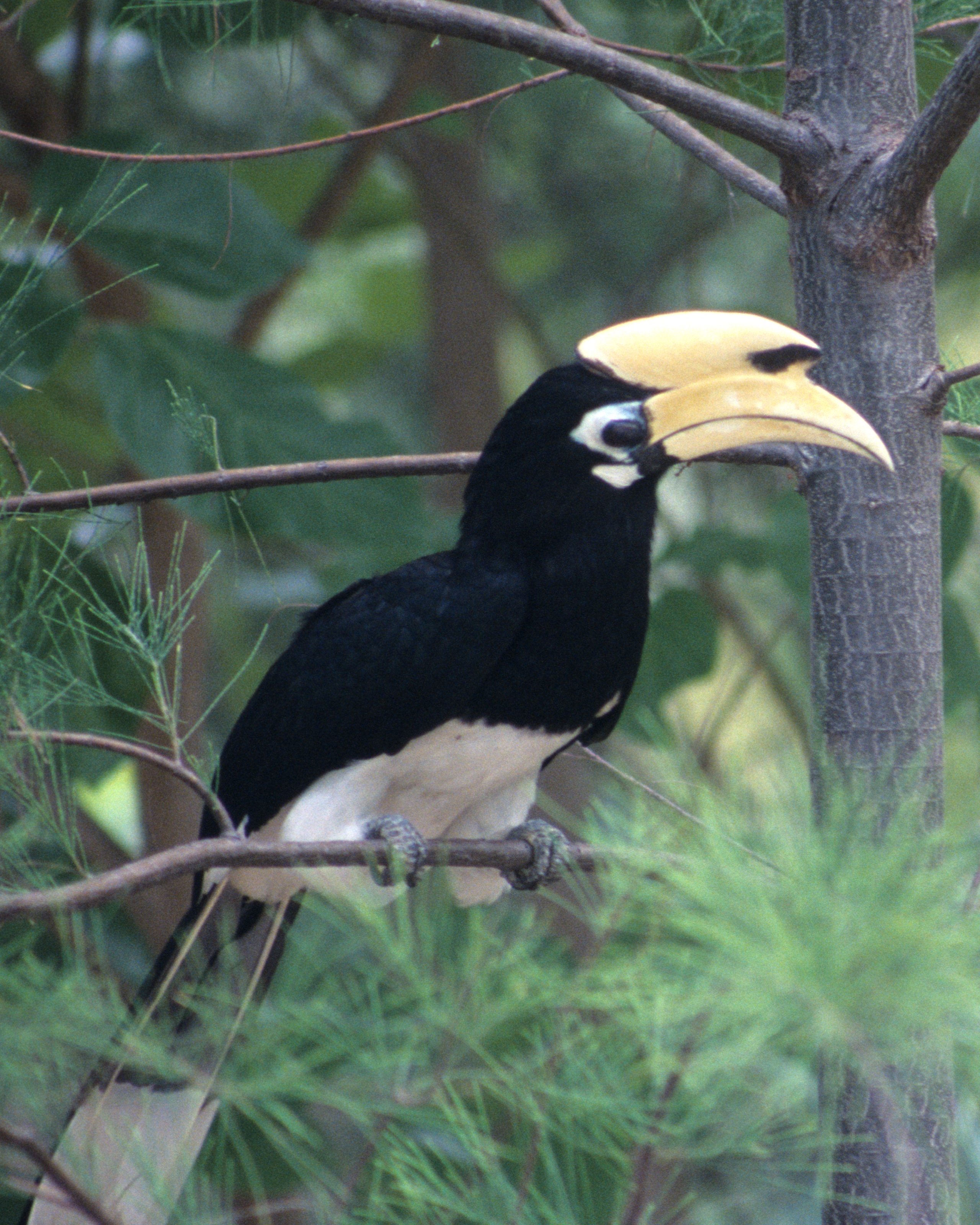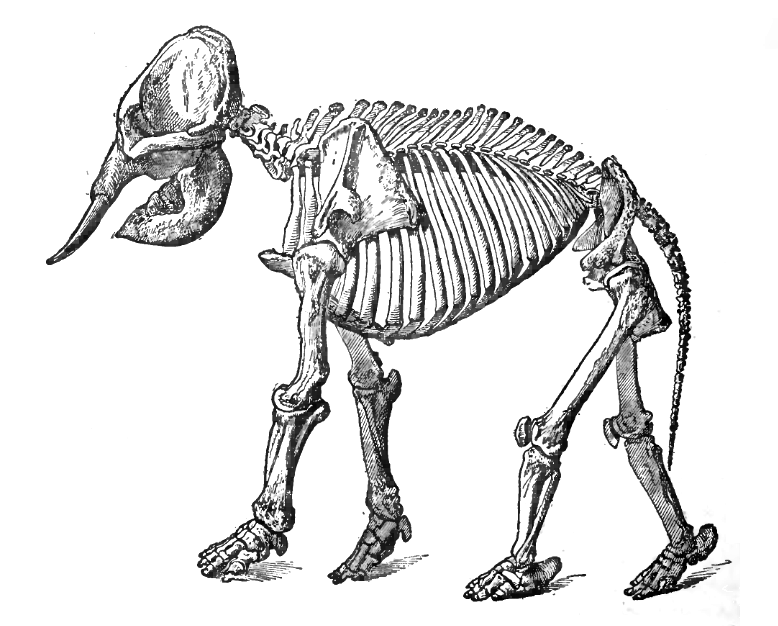|
Dong Phou Vieng National Protected Area
Dong Phou Vieng National Protected Area is a national protected area in Savannakhet Province in central Laos. This mostly forested park is home to large variety of animal species and contains part of the former Ho Chi Minh trail. The park is home to the Katang ethnic group and is an ecotourism destination. Geography Dong Phou Vieng National Protected Area is located about east of Savannakhet, near the village of Muang Phin and covers parts of Phin, Xepon and Nong districts. The park's area is . Elevations generally range from to mountainous areas above . The park's major mountain peaks are Phou Dotouy at and Phou Lapeung Nua at . History In 1995 Dong Phou Vieng National Protected Area initially covered . This was extended in 1998 to cover the present area of . Flora and fauna The park's main forest types are semi-evergreen, deciduous dipterocarp and mixed deciduous belonging to the Central Indochina dry forests region. Semi-evergreen forest covers half of the park's ... [...More Info...] [...Related Items...] OR: [Wikipedia] [Google] [Baidu] |
Giant Muntjac
The giant muntjac (''Muntiacus vuquangensis''), sometimes referred to as the large-antlered muntjac, is a species of muntjac deer. It is the largest muntjac species and was discovered in 1994 in Vũ Quang, Hà Tĩnh Province of Vietnam and in central Laos. During inundation of the Nakai Reservoir in Khammouane Province of Laos for thNam Theun 2 Multi-Purpose Project 38 giant muntjac were captured, studied, and released into the adjacent Nakai-Nam Theun National Protected Area. Subsequent radio-tracking of a sample of these animals showed the relocation was successful. The species is also located in parts of eastern Cambodia, as well as the Trường Sơn Mountains. The giant muntjac is commonly found in evergreen forests and weighs about . It has a red-brown coat and is an even-toed ungulate. Due to slash-and-burn agriculture, combined with hunting, the giant muntjac is considered critically endangered. It is preyed upon by animals such as the tiger and leopard. It is most cl ... [...More Info...] [...Related Items...] OR: [Wikipedia] [Google] [Baidu] |
Greater Mekong Subregion
The Greater Mekong Subregion, (GMS) or just Greater Mekong, is a trans-national region of the Mekong River basin in Southeast Asia. The region is home to more than 300 million people. It came into being with the launch of a development program in 1992 by the Asian Development Bank that brought together the six Asian countries of Cambodia, China (specifically Yunnan Province and the Guangxi Zhuang Autonomous Region), Laos, Myanmar (Burma), Thailand, and Vietnam. The Greater Mekong holds irreplaceable natural and cultural riches and is considered one of the world's most significant biodiversity hotspots. The region is an important food provider and the site of many large-scale construction projects with social and economic implications. Regional cooperation For more than two decades, the six countries of the Greater Mekong Subregion have been working together under an economic cooperation program to realize their vision of a prosperous, integrated, and harmonious subregion. The ... [...More Info...] [...Related Items...] OR: [Wikipedia] [Google] [Baidu] |
Red-headed Vulture
The red-headed vulture (''Sarcogyps calvus''), also known as the Asian king vulture, Indian black vulture or Pondicherry vulture, is an Old World vulture mainly found in the Indian subcontinent, with small disjunct populations in some parts of Southeast Asia. Description It is a medium-sized vulture of in length, weighing and having a wingspan of about . It has a prominent naked head: deep-red to orange in the adult, paler red in the juvenile. It has a black body with pale grey band at the base of the flight feathers. The sexes differ in colour of the iris: males have a paler, whitish iris, whilst in females it is dark brown. The red-headed vulture is very similar in appearance to its larger relative the Lappet-faced vulture in Africa and Arabia, even being historically placed in the genus Torgos Taxonomy and systematics This is a species of Old World vulture found in the Indian subcontinent. It has no subspecies. Distribution and habitat This gaudy-faced vulture was histo ... [...More Info...] [...Related Items...] OR: [Wikipedia] [Google] [Baidu] |
White-rumped Vulture
The white-rumped vulture (''Gyps bengalensis'') is an Old World vulture native to South and Southeast Asia. It has been listed as Critically Endangered on the IUCN Red List since 2000, as the population severely declined. White-rumped vultures die of kidney failure caused by diclofenac poisoning. In the 1980s, the global population was estimated at several million individuals, and it was thought to be "the most abundant large bird of prey in the world". As of 2021, the global population was estimated at less than 6,000 mature individuals. It is closely related to the European griffon vulture (''Gyps fulvus''). At one time it was believed to be closer to the white-backed vulture of Africa and was known as the Oriental white-backed vulture. Taxonomy The white-rumped vulture was Species description, formally described in 1788 by the German naturalist Johann Friedrich Gmelin in his revised and expanded edition of Carl Linnaeus's ''Systema Naturae''. He placed it with the vultures in ... [...More Info...] [...Related Items...] OR: [Wikipedia] [Google] [Baidu] |
Wreathed Hornbill
The wreathed hornbill (''Rhyticeros undulatus'') is an Old World tropical bird of the hornbill family Bucerotidae, also called bar-pouched wreathed hornbill due to its distinctive blue-black band on its lower throat sac. It is named after its characteristic long, curved bill that develops ridges, or wreaths, on the casque of the upper mandible in adults. Males are black with a rufous crown, a white upper breast and face, and a yellow featherless throat. Females are uniformly black with a blue throat and are slightly smaller than males. The wreathed hornbill ranges across the foothills and evergreen forests of Northeast India and Bhutan to Bangladesh, Southeast Asia and the Greater Sunda Islands. It is a frugivore and feeds mainly on large fruits, which it swallows whole leaving the seeds intact. This feeding behaviour plays an important ecological role for the long-distance seed dispersal in forest ecosystems. The wreathed hornbill is threatened by hunting, habitat fragmentation ... [...More Info...] [...Related Items...] OR: [Wikipedia] [Google] [Baidu] |
Great Hornbill
The great hornbill (''Buceros bicornis''), also known as the concave-casqued hornbill, great Indian hornbill or great pied hornbill, is one of the larger members of the hornbill family. It occurs in the Indian subcontinent and Southeast Asia. It is predominantly frugivorous, but also preys on small mammals, reptiles and birds. It has been listed as Vulnerable on the IUCN Red List since 2018. It is known to have lived for nearly 50 years in captivity. Due to its large size and colour, it is important in many tribal cultures and rituals. The Government of Kerala declared it as the official Kerala state bird. Taxonomy The great hornbill was formally described by the Swedish naturalist Carl Linnaeus in 1758 in the tenth edition of his ''Systema Naturae''. He placed it with the rhinoceros hornbill in the genus ''Buceros'' and coined the binomial name ''Buceros bicornis''. Linnaeus specified the location as China. The genus name is from Latin ''becerus'' meaning "horned like an ox" w ... [...More Info...] [...Related Items...] OR: [Wikipedia] [Google] [Baidu] |
Oriental Pied Hornbill
The oriental pied hornbill (''Anthracoceros albirostris'') is an Indo-Malayan pied hornbill, a large canopy-dwelling bird belonging to the family Bucerotidae. Two other common names for this species are Sunda pied hornbill (''convexus'') and Malaysian pied hornbill. The species is considered to be among the smallest and most common of the Asian hornbills. It has the largest distribution in the genus and is found in the Indian Subcontinent and throughout Southeast Asia. Its natural habitat is subtropical or tropical moist lowland forests. The oriental pied hornbill's diet includes fruit, insects, shellfish, small reptiles and, sometimes, small mammals and birds including their eggs. Taxonomy The Oriental hornbill, of the family Bucerotidae, belongs to the genus ''Anthracoceros'', which consists of five species. Species in this genus are divided into two groups, Indo-Malayan pied hornbills and black hornbills. ''A. albirostris'' is grouped under the Indo-Malayan pied hornbills, bas ... [...More Info...] [...Related Items...] OR: [Wikipedia] [Google] [Baidu] |
Asian Elephant
The Asian elephant (''Elephas maximus''), also known as the Asiatic elephant, is the only living species of the genus ''Elephas'' and is distributed throughout the Indian subcontinent and Southeast Asia, from India in the west, Nepal in the north, Sumatra in the south, and to Borneo in the east. Three subspecies are recognised—'' E. m. maximus'' from Sri Lanka, ''E. m. indicus'' from mainland Asia and '' E. m. sumatranus'' from the island of Sumatra. Formerly, there was also the Syrian elephant or Western Asiatic elephant (''Elephas maximus asurus'') which was the westernmost population of the Asian elephant (''Elephas maximus''). This subspecies became extinct in ancient times. Skeletal remains of ''E. m. asurus'' have been recorded from the Middle East: Iran, Iraq, Syria, and Turkey from periods dating between at least 1800 BC and likely 700 BC. It is one of only three living species of elephants or elephantids anywhere in the world, the others being the African bus ... [...More Info...] [...Related Items...] OR: [Wikipedia] [Google] [Baidu] |
Python (genus)
''Python'' is a genus of constricting snakes in the Pythonidae Family (biology), family native to the tropics and subtropics of the Eastern Hemisphere. The name ''Python'' was proposed by François Marie Daudin in 1803 for non-venomous flecked snakes. Currently, 10 python species are recognized as Valid name (zoology), valid taxa. Three formerly considered python subspecies have been promoted, and a new species recognized. Taxonomy The Generic name (biology), generic name ''Python'' was proposed by François Marie Daudin in 1803 for non-venomous snakes with a flecked skin and a long split tongue. In 1993, seven python species were recognized as valid taxa. On the basis of phylogenetic analyses, between seven and 13 python species are recognized. Distribution and habitat In Africa, pythons are native to the tropics south of the Sahara, but not in the extreme south-western tip of southern Africa (Western Cape) or in Madagascar. In Asia, they occur from Bangladesh, Nepal, Ind ... [...More Info...] [...Related Items...] OR: [Wikipedia] [Google] [Baidu] |
Pangolin
Pangolins, sometimes known as scaly anteaters, are mammals of the order Pholidota (, from Ancient Greek ϕολιδωτός – "clad in scales"). The one extant family, the Manidae, has three genera: '' Manis'', '' Phataginus'', and '' Smutsia''. ''Manis'' comprises the four species found in Asia, while ''Phataginus'' and ''Smutsia'' include two species each, all found in sub-Saharan Africa. These species range in size from . A number of extinct pangolin species are also known. Pangolins have large, protective keratin scales, similar in material to fingernails and toenails, covering their skin; they are the only known mammals with this feature. They live in hollow trees or burrows, depending on the species. Pangolins are nocturnal, and their diet consists of mainly ants and termites, which they capture using their long tongues. They tend to be solitary animals, meeting only to mate and produce a litter of one to three offspring, which they raise for about two years. Pangol ... [...More Info...] [...Related Items...] OR: [Wikipedia] [Google] [Baidu] |






